This poem by Maia Conrad is a lovely kavanah/intention to set before candle-lighting, kiddush, and Shabbat services. Sourced from Ritualwell
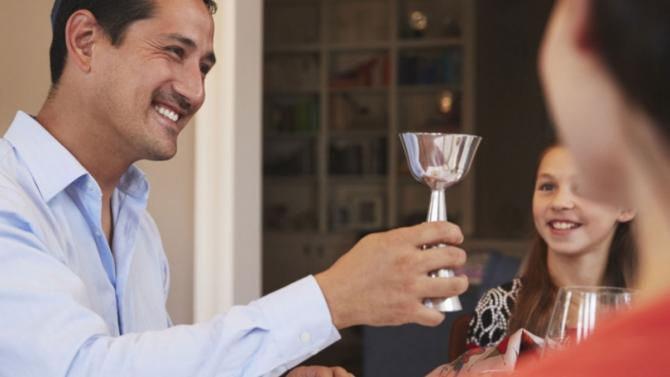
Cathleen Cohen’s poem is her personal take on Rabbi Nahman of Bratzlav’s classic statement of the “narrow bridge.” Sourced from Ritualwell
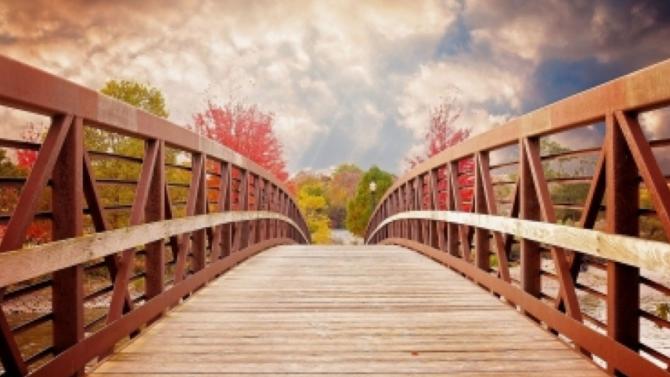
This musical interpretation of Rabbi Nahman’s words was composed by Emily Bengel and performed by Kol Ahava of Congregation Kehilat Shalom. Sourced from ReconstructingJudaism.org
The Narrow Bridge by Emily Bengels from Emily Bengels on Vimeo.
Rabbi Elizabeth Bolton teaches that it is not so odd that this parashah, beginning with Sarah’s death, should be named for her life; she lives through the nation she mothered. Sourced from ReconstructingJudaism.org

Lila Corwin Berman, who writes about wealth and charitable giving, Jewish communities, and democracy, explores the origins of endowments and donor-advised funds, examining how they have shaped communal decision-making. Sourced from Evolve: Groundbreaking Jewish Conversations
What was the real “sin” that brought destruction to Sodom and Gomorrah? Jaden Diamond suggests an answer in this poem that reflects on the story in this week’s parashah. Sourced from Ritualwell
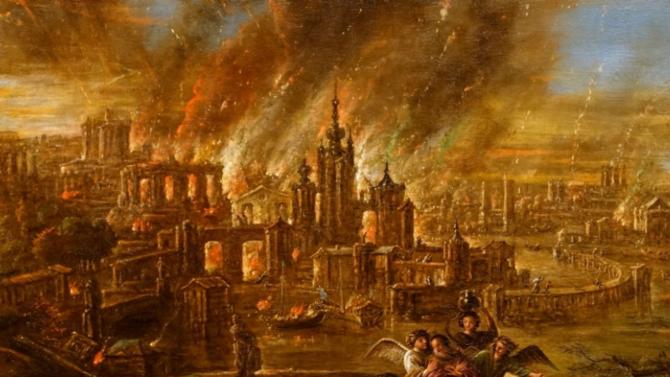
Written and performed by Lorenzo Valensi, this is a joyful, upbeat setting of Rabbi Rami Shapiro’s "Unending Love," as found in the Kol Haneshamah siddur. Sourced from ReconstructingJudaism.org
Congregation Ner Shalom · Unending Love
It is traditional, on Friday evening, for parents to bless their children. As we grow up, we realize that we are able to return the blessing to them as well. CLAL suggests this ritual. Sourced from Ritualwell
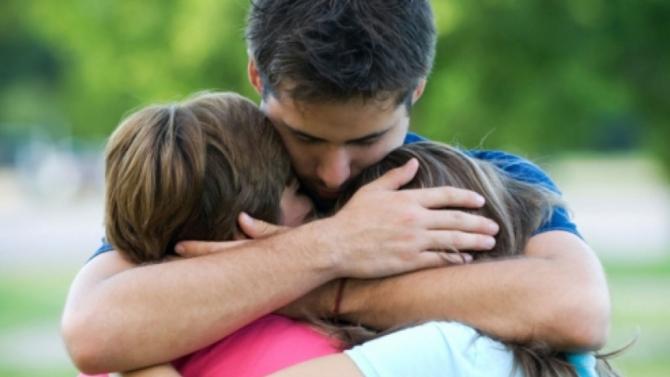
Rabbi Hannah Spiro teaches us from parashat Vayera that in times of chaos, when we face cruelty, we need to bring Avraham’s and the angel Michael’s ḥhesed/loving-kindness with us, even in Sodom. Sourced from ReconstructingJudaism.org

Rabbi Michael Perice recently revealed to his congregation that for four years, he’d been addicted to opioids. Now, celebrating ten years of liberation, he has decided to share his story with his community and the wider world. Sourced from Evolve: Groundbreaking Jewish Conversations
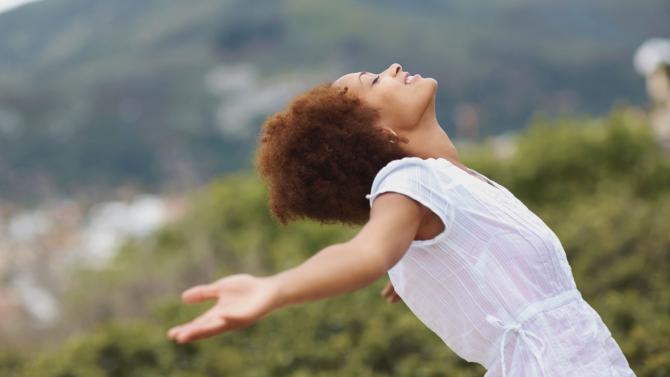
This is a meditation to cultivate and integrate Ometz Lev, a “strong heart,” “courage.” The words of this opening niggun are a reminder that our strength comes from God and is sustained by the flow of spiritual goodness from the heavens. Sourced from Reset, providing Jewish activists with accessible spiritual practice and teachings.
Reset: Jewish Practice for Activists · Ometz Lev Meditation
Rabbi David Freidenreich composed this prayer for T’ruah: The Rabbinic Call for Human Rights’ Human Rights Shabbat. Sourced from Ritualwell
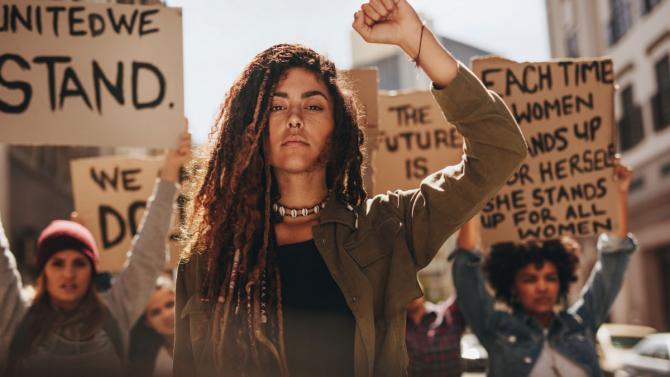
This choral setting of Ahavat Olam by Will Robertson is performed by the Chorus of Congregation Bet Haverim (Atlanta). “When we sing this in services, we surround the congregation at the end of the piece and invite them to sing with us.” Sourced from ReconstructingJudaism.org
Ellen Dannin writes that Avraham’s life in parashat Lekh-Lekha reflects the key points of the Ashrei (Psalm145), and that examining the events in this portion against the Ashrei adds a new dimension to its events. Sourced from ReconstructingJudaism.org
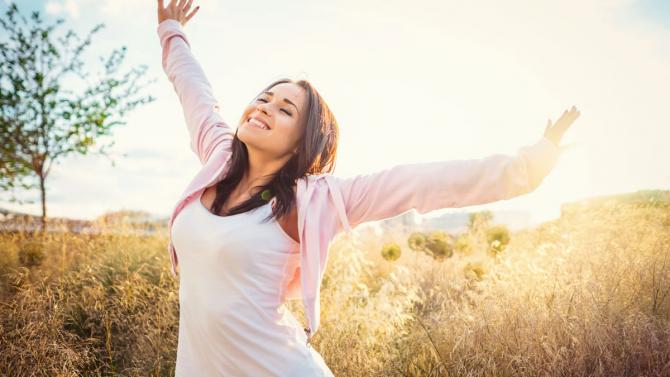
In the past few decades, a growing number of the descendants of Jews who had been forced to flee, convert, or hide Jewish practices during the Inquisition have been seeking to reconnect with their Jewish roots. Rabbi Leila Gal Berner and Rabbi Barbara Aiello discuss the experience of hiding, fleeing, “coming out”, and returning. Sourced from Evolve: Groundbreaking Jewish Conversations
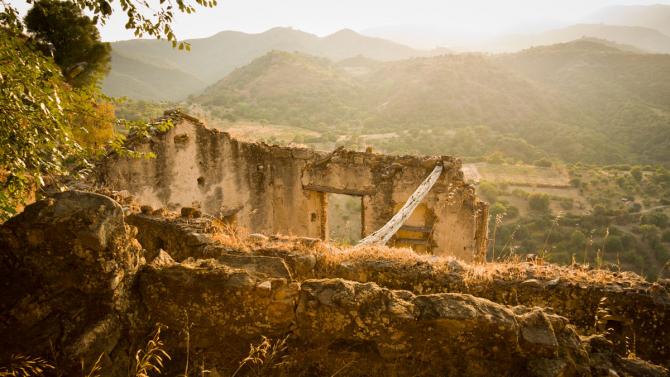
Rabbis Roni Handler and Darby Leigh chant the Sh’ma in Hebrew and ASL. Sourced from Ritualwell
In her poem, Nancie S. Martin recall Isaiah’s prophecy of peace and prosperity when each person will sit under their own vine and fig tree. Sourced from Ritualwell
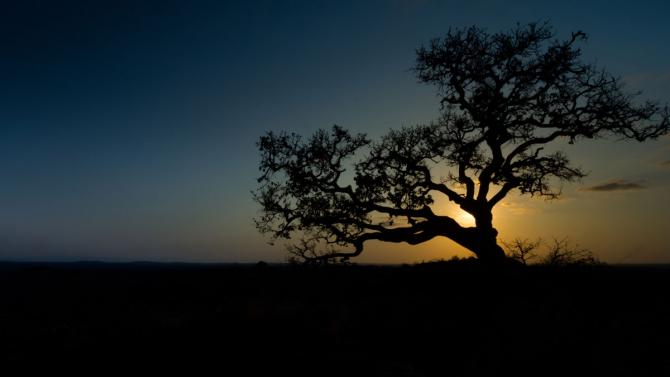
Joanie Callem sings her original take on the prayer Oseh Shalom. Sourced from ReconstructingJudaism.org
According to Rabbi Howard Cohen, what we witness in par’shat Noah is the remarkable evolving meaning of a common symbol of belligerency and violence into one of peace and reconciliation. Sourced from ReconstructingJudaism.org
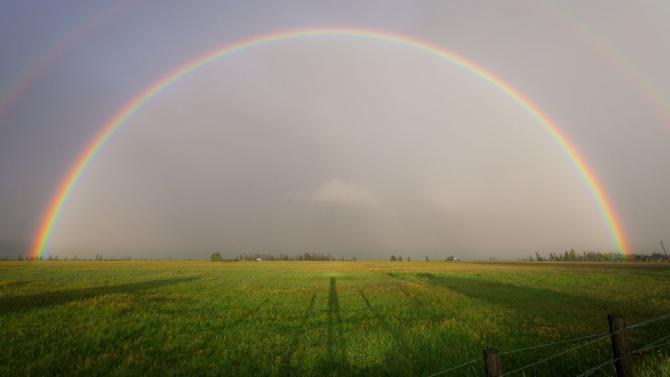
In this essay, Rabbi David Teutsch reflects that “when Reconstructionists talk about the centrality of Jewish peoplehood and Judaism as an evolving religious civilization ... we are saying that reinvigorating cultural life and acting on behalf of moral and social- justice concerns must be an integral part of what we do.” Sourced from Evolve: Groundbreaking Jewish Conversations
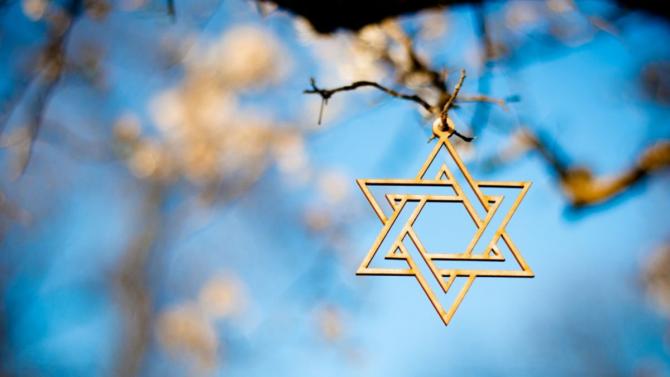
There are many ways to observe Shabbat and taking 24 hours away from our devices (TVs, computers, smart phones, etc.) is one way to create a day of rest and peace. Elana Bell offers several ideas for how to mark this moment of unplugging. Sourced from Ritualwell
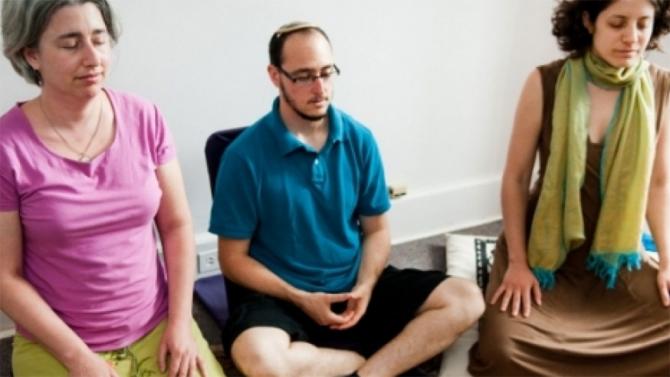
Cantor Marcelo Gidlin sings the verses of Torah that are used in the Friday evening service to declare the holiness of Shabbat. Sourced from ReconstructingJudaism.org
Cantor Marcelo Gindlin · V'shamru
Devon Spier’s brief but intense poem/prayer can be an appropriate meditation for Shabbat B’reisheet as we re-encounter God in the story of Creation. Sourced from Ritualwell
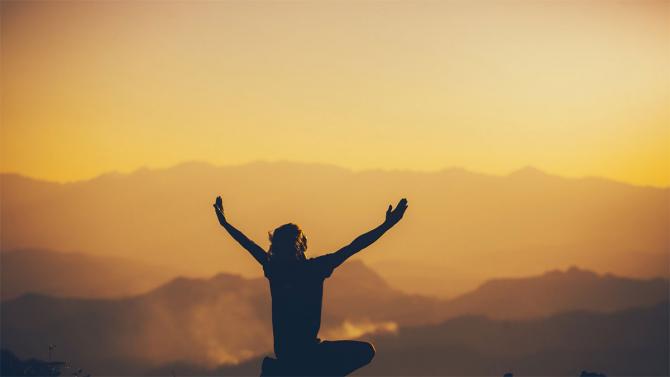
Mel Scult presents some of Mordecai Kaplan’s thoughts on the relationship between Creation and the special task and destiny of the Jewish people. Sourced from ReconstructingJudaism.org
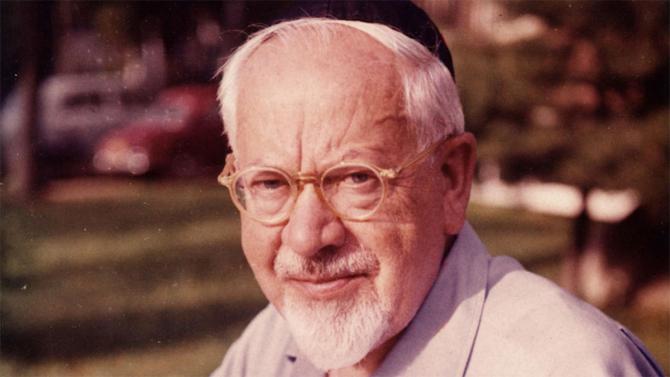
Amanda Mbuvi, Ph.D., is the Reconstructionist Rabbinical College’s new vice president for academic affairs. A Hebrew Bible scholar and nonprofit leader, she is the first Jew of Color to hold such a leadership position at an American rabbinical seminary. Rabbis Deborah Waxman and Sandra Lawson delve into Mbuvi’s desire to deepen how people and communities think about diversity and identity. Sourced from Hashivenu: Jewish Teachings on Resilience
These resources were drawn from:
Previous Virtual Shabbat Boxes by month: